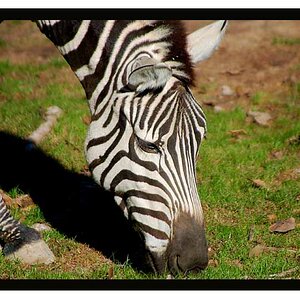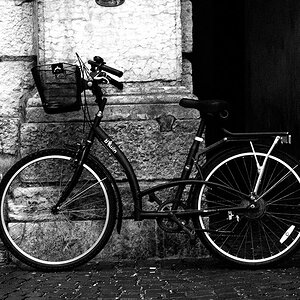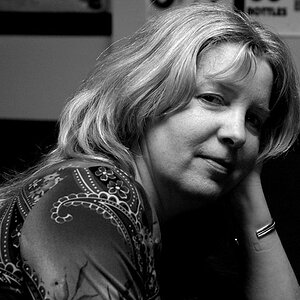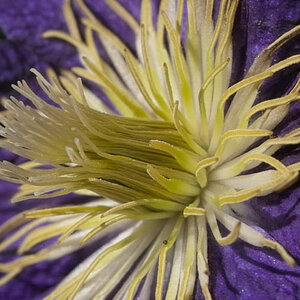Christie Photo
No longer a newbie, moving up!
- Joined
- Jan 7, 2005
- Messages
- 7,199
- Reaction score
- 148
- Location
- Kankakee, IL
- Website
- www.christiephoto.com
Hertz van Rental said:I doubt that very much.
I knew you'd have some thoughts on this. It is reasonable. I've experienced it first hand. Could it be I was observing something else? I dismissed that it could be vignetting because it wasn't as well defined and the lens coverage was adequate for the format. I was doing flat-art copy with a 5x7 Deardoff. Can't remember the exact lens, but I'm sure it was a Kodak, probably a Copal 1 shutter. Evenly illuminted copy stage.
But I did a bit of homework, and found that the focal-plane shutter pre-dates the leaf shutter by about 25 years. I found the following on the net (so it must be true).
"The first focal-plane shutter, which operated like the guillotine but had an opening of adjustable size, was used by a British photographer named William Engiand as early as 1861. The other main type, the leaf shutter, was first introduced by Edward Bausch in 1887."


![[No title]](/data/xfmg/thumbnail/41/41765-153b10bab62ae8adbcc4d984fd08ed74.jpg?1619739885)





![[No title]](/data/xfmg/thumbnail/35/35967-ee5e7220e6f5cbd7d70fb99fe8ce5038.jpg?1619737285)


![[No title]](/data/xfmg/thumbnail/37/37603-739c5d9b541a083a12f2f30e45ca2b7b.jpg?1619738147)

